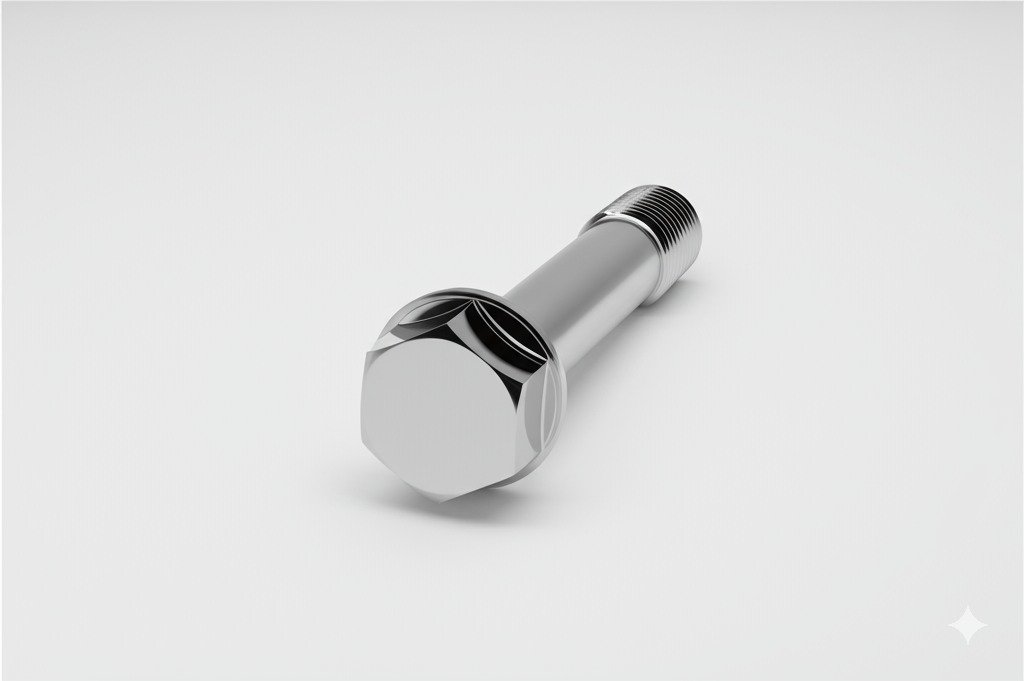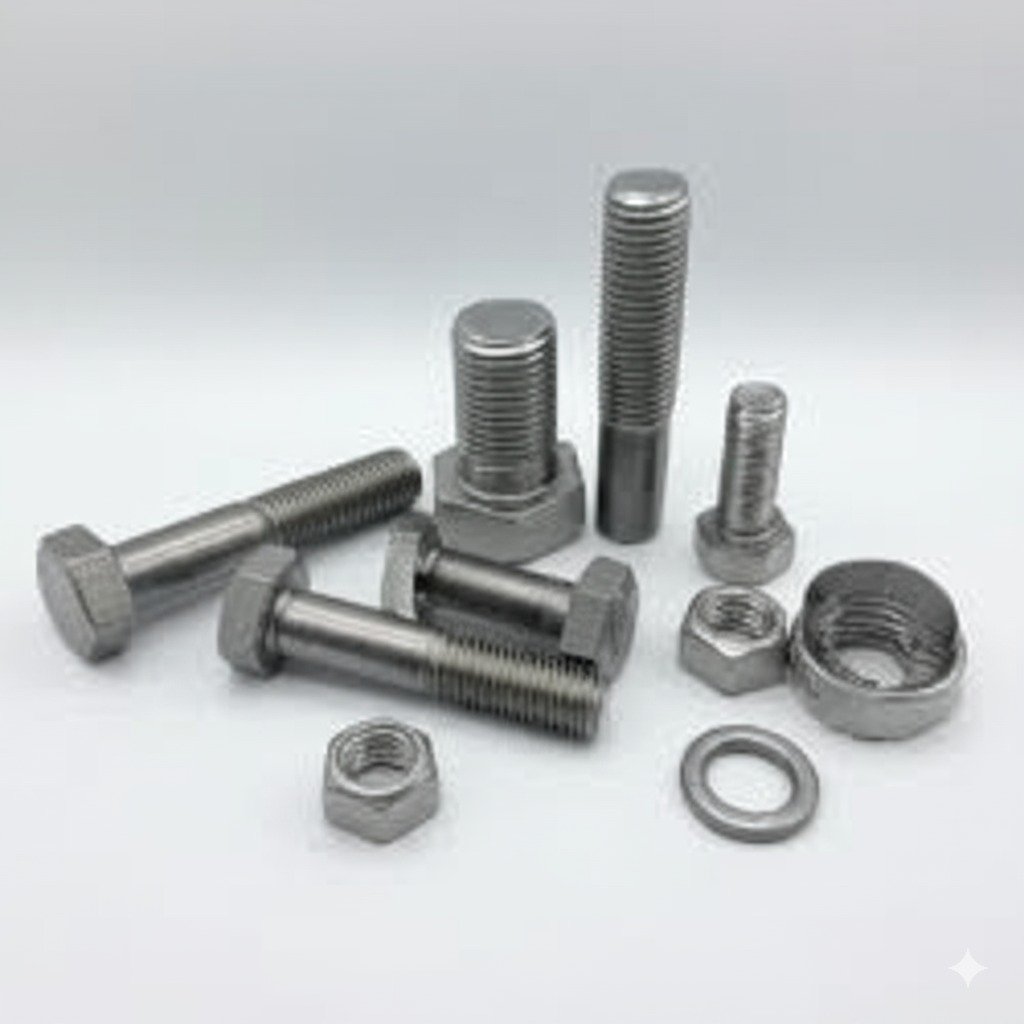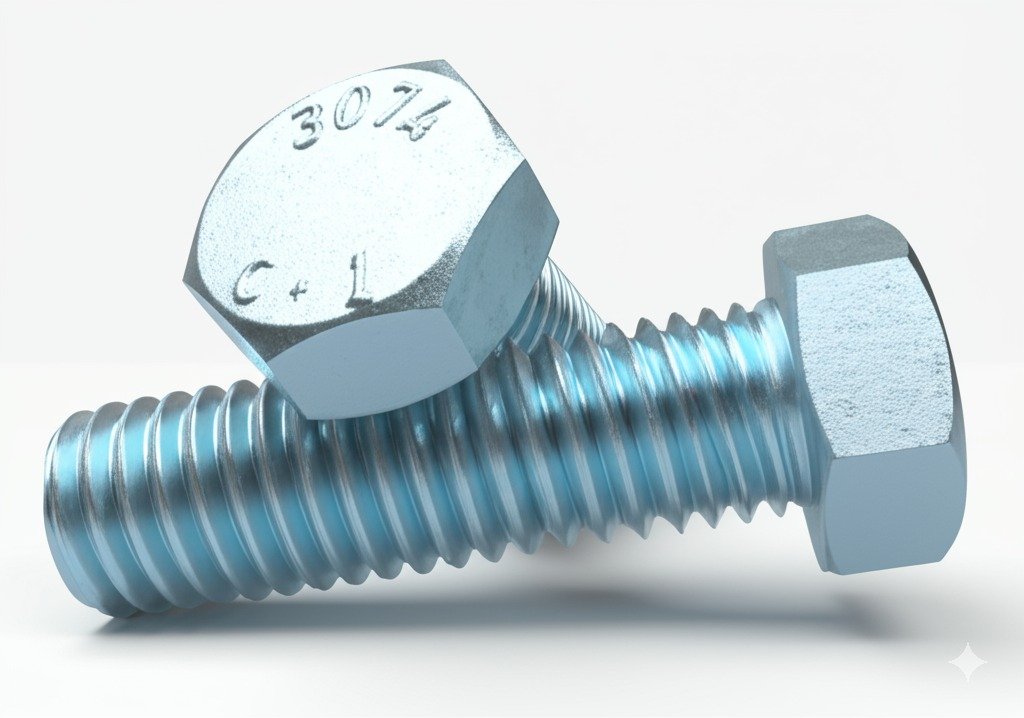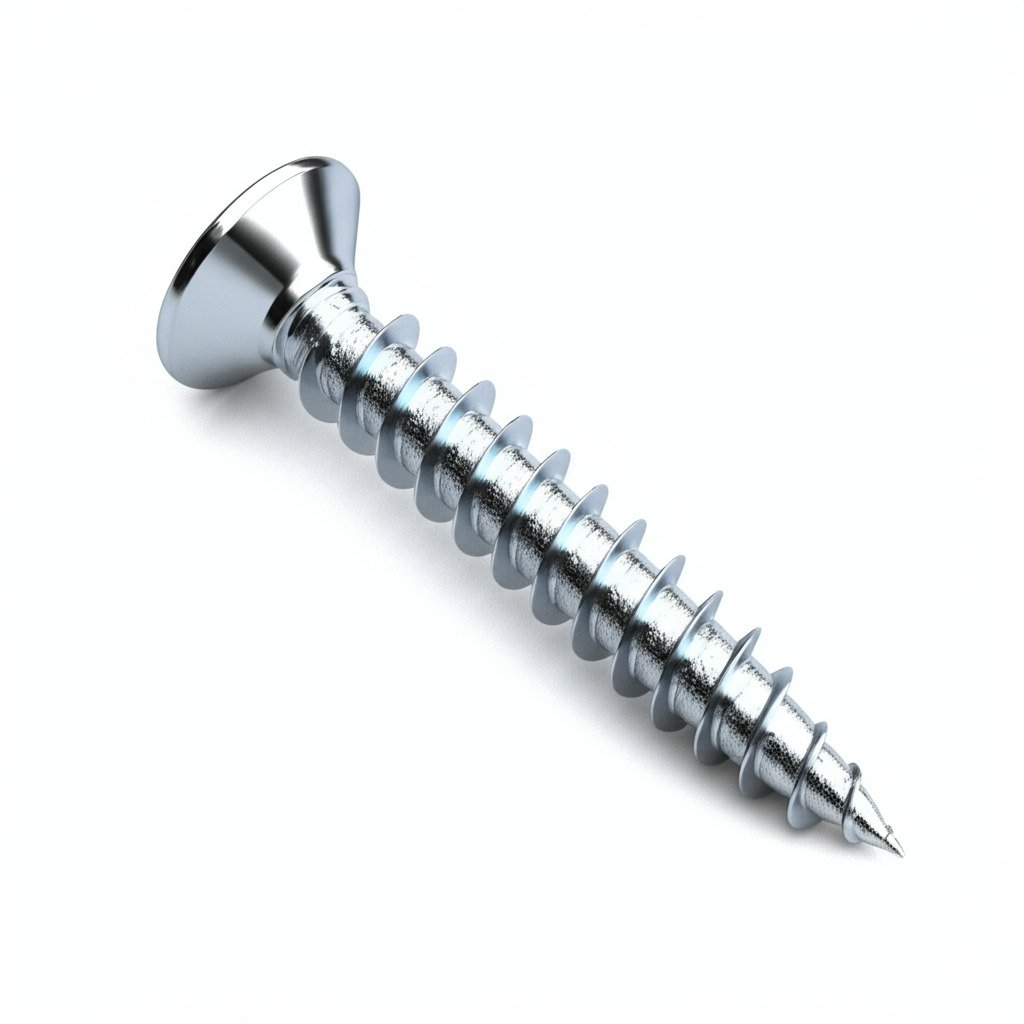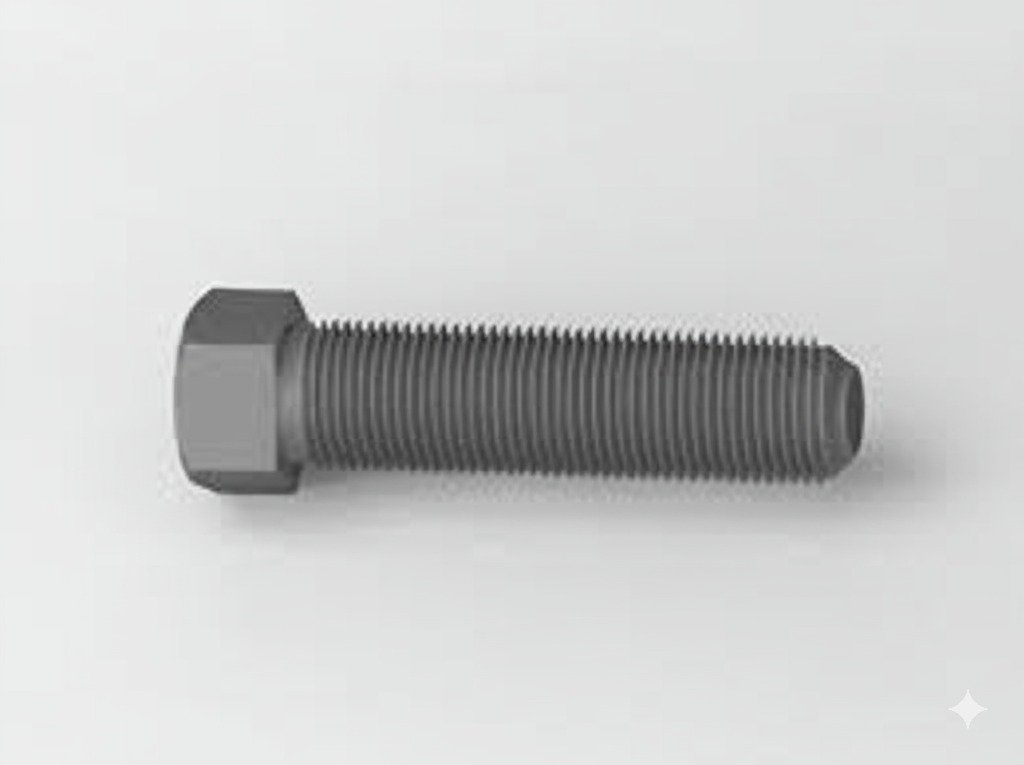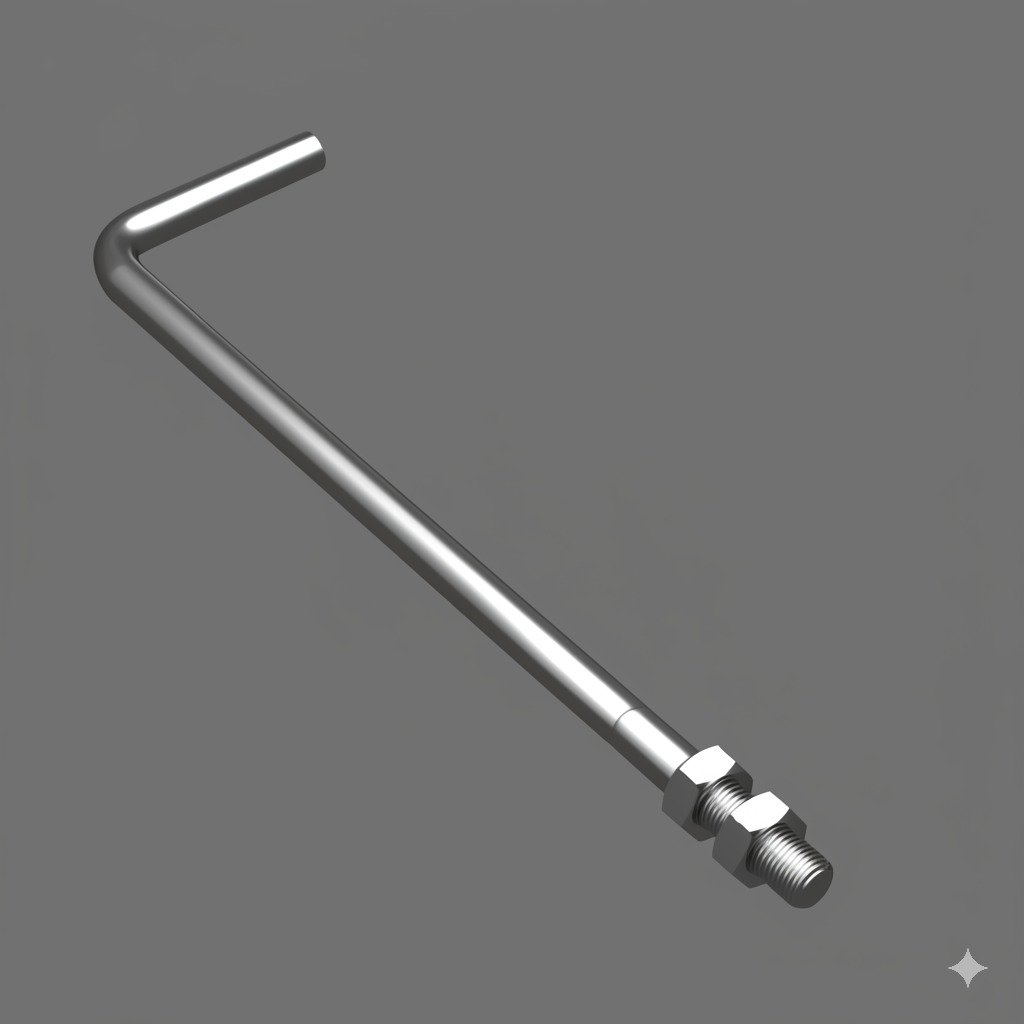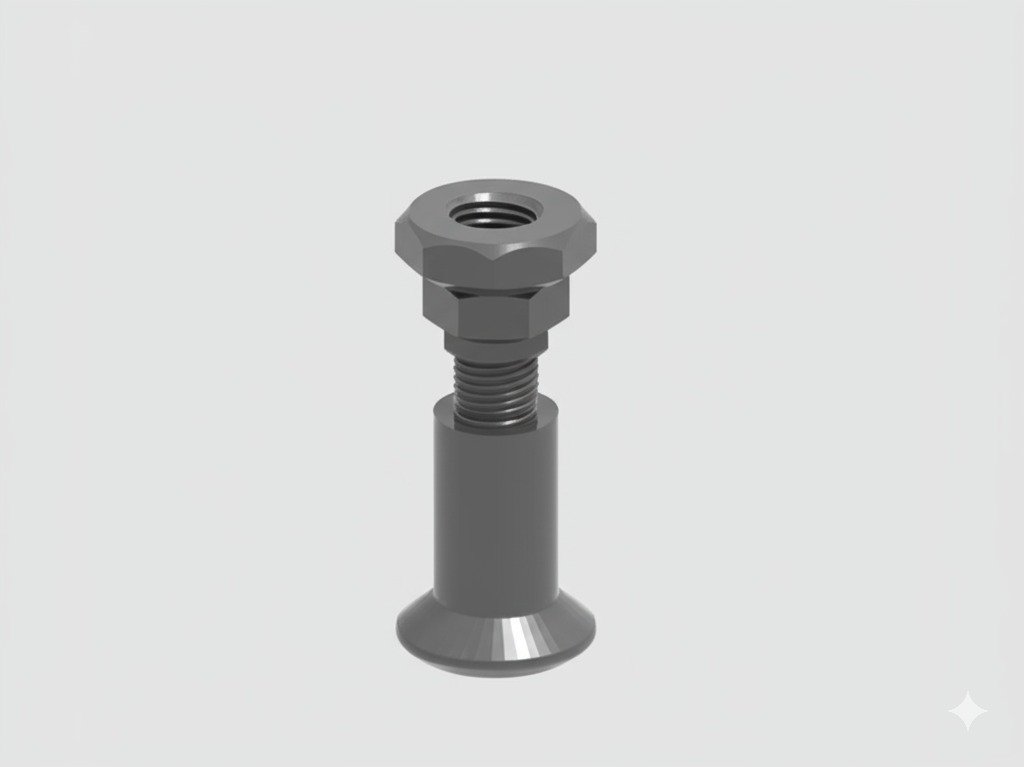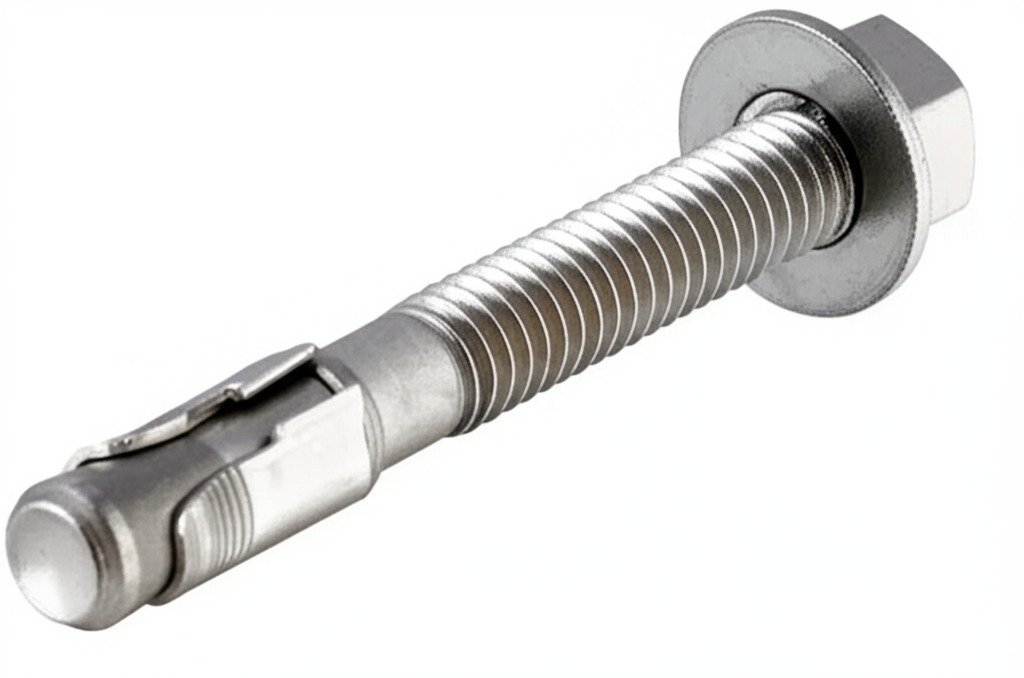
By Nicolás Longo
(as an Amazon Associate we earn from qualifying purchases)
In the world of fasteners, Kwik Bolts have become synonymous with reliability and efficiency, especially in applications requiring rapid installation and long-term performance. These innovative fasteners have revolutionized construction practices by offering an effective solution for anchoring and securing materials in both residential and commercial projects. The technology behind Kwik Bolts—often referred to as hilti kwik bolt, hilti kb tz2, or even hilti kwik bolt 3—combines strength with ease of use, making them a favorite among professionals. Research by Hilti and Construction Equipment confirms that these fasteners are engineered for high performance. Fun fact: early innovations in quick bolt technology were inspired by the need for faster, safer anchoring methods in seismic zones.
The evolution of Kwik Bolts is marked by continuous improvements that address both durability and installation speed. These fasteners not only reduce labor time but also ensure a consistent load capacity, a critical factor in high-stress environments. Data insights indicate that a properly installed hilti kwik bolt can reduce overall project costs by up to 20% due to decreased downtime and maintenance. Engineers appreciate the design versatility of Kwik Bolts, which can be used in concrete, masonry, and even steel structures. This adaptability makes them a go-to choice for applications such as hilti quick bolt and taquete kwik bolt installations, proving their value in a range of settings. Detailed technical information is available through resources like Fastener World.
Key Performance and Technical Insights
The design of Kwik Bolts emphasizes a balance between high tensile strength and rapid deployment. One of the primary benefits is their ability to offer a high level of resistance even under demanding conditions, thanks to precise manufacturing standards. For example, hilti kb tz2 models are celebrated for their ease of installation and exceptional load-bearing capacity. A typical Kwik Bolt installation in concrete can be completed in minutes, significantly outperforming traditional anchor bolts. Practical tips from industry experts at EngineeringClicks stress the importance of selecting the right type of Kwik Bolts based on the specific substrate and load requirements. This technical edge positions Kwik Bolts as a reliable, cost-effective solution.
Design, Installation, and Versatility
The appeal of Kwik Bolts extends beyond their mechanical properties to include design and user-friendly installation. With variants like hilti kwik bolt tz and hilti kb tz available, these fasteners are designed for straightforward use even in challenging environments. Their design minimizes the need for specialized tools, making them accessible for both professionals and skilled DIY enthusiasts. The innovative wedge anchor system, characteristic of hilti wedge anchor and hilti quick bolt technologies, ensures a secure and durable hold. Comparative studies published on Materials Today reveal that these fasteners can outperform conventional systems in terms of both speed and structural integrity, offering significant advantages in modern construction projects.
Economic and Safety Benefits
Choosing Kwik Bolts can lead to substantial economic savings. Their rapid installation process minimizes labor costs, while the robust design minimizes the risk of rework due to fastener failure. Safety is paramount, and these fasteners have been rigorously tested to meet stringent standards, ensuring that they can sustain heavy loads without compromise. Projects that incorporate hilti kwik bolt 3 and related variants often report enhanced overall structural integrity and lower maintenance expenses. Industry reports by Market Research Future suggest that the demand for fasteners like Kwik Bolts is expected to grow as more sectors adopt rapid installation techniques. The combination of safety, cost efficiency, and high performance makes Kwik Bolts a top choice in modern construction.
Installation Best Practices
For optimal performance, installation practices must be followed meticulously. The proper use of Kwik Bolts starts with selecting the correct bolt size for the job, ensuring that the substrate is prepared according to manufacturer guidelines, and using calibrated tools to avoid overtightening. Technical guides provided by Hilti recommend periodic inspections to verify the integrity of the installation, especially in high-vibration or high-load environments. Whether using a hilti kbtz2 or a taquete kwik bolt, adherence to these best practices will enhance both safety and durability. Practical insights, such as those from Construction Today, emphasize the role of proper training and experience in maximizing the benefits of these fasteners.
Innovative Trends and Future Outlook
The future of Kwik Bolts looks promising, with continuous innovations driving improvements in materials, design, and installation methods. Advances in metallurgy and digital monitoring systems are beginning to influence the evolution of hilti kwik bolt technology, making these fasteners even more reliable and easy to install. Trends in the fastener market indicate a growing preference for solutions that combine speed with durability, and Kwik Bolts are well-positioned to meet these demands. As companies invest in research and development, the next generation of Kwik Bolts is expected to offer enhanced load capacities, improved corrosion resistance, and smarter integration with construction monitoring systems. Sources like Aerospace Materials provide further insights into these emerging trends.
Practical Applications and User Experiences
Many professionals have shared success stories that highlight the practical advantages of Kwik Bolts. For instance, a contractor in a recent case study mentioned that the use of hilti kwik bolt tz2 in a large-scale commercial project not only reduced installation time by 30% but also improved the overall safety of the structure. Such testimonials are common across various sectors, from residential renovations to high-rise construction. These positive experiences underscore the reliability and effectiveness of Kwik Bolts. Detailed user reviews and installation case studies can be found on websites like Fastener World, which serve as valuable resources for decision-makers seeking evidence-based insights.
Top 10 Best Kwik Bolts to Buy
- Seismic qualification tested in accordance to ACI 355.2 and ICC-ES AC 196
- Small minimum edge distance and spacing for maximum design flexibility
- Meets ductility requirements of ACI 318 Appendix D 3.6
- Seismic qualification tested in accordance to ACI 355.2 and ICC-ES AC 193
- Small minimum edge distance and spacing for maximum design flexibility
- Meets ductility requirements of ACI 318 Appendix D 3.3
- Seismic qualification tested in accordance to ACI 355.2 and ICC-ES AC 202
- Small minimum edge distance and spacing for maximum design flexibility
- Meets ductility requirements of ACI 318 Appendix D 3.12
- Approved by ICC-ES for use in masonry and concrete
- Rounded end for easy installation
- Dog point impact section to prevent thread damage during installation
- Seismic qualification tested in accordance to ACI 355.2 and ICC-ES AC 197
- Small minimum edge distance and spacing for maximum design flexibility
- Meets ductility requirements of ACI 318 Appendix D 3.7
- Approved for Use With ARS Railing Systems
- Carbon Steel (ICC-ES) ESR1917
- 2006,2009, and 2012 IBC Compliant, Torque Controlled, Heavy-Duty Expansion Bolt Designed for High Performance in Static …
- Especially suited for seismic and cracked concrete (tension zone) applications
- Rounded end for easy installation
- Carbon steel, electroplated with zinc at a minimum of 5 microns
Final Analysis and Recommendations for Kwik Bolts
As we reach the latter part of our discussion, it becomes evident that Kwik Bolts offer a unique blend of speed, strength, and simplicity. The combination of design innovations—seen in products like hilti kwik bolt and hilti kb tz—and proven performance metrics makes these fasteners indispensable in modern construction. Extensive research and field data, including technical reports from Construction Equipment, support the conclusion that Kwik Bolts not only reduce installation time but also enhance overall structural safety.
Project managers and engineers should consider the specific requirements of their applications when selecting fasteners. For instance, projects involving high dynamic loads may benefit from the advanced properties of hilti kwik bolt tz or hilti kwik bolt 3. On the other hand, smaller projects or DIY tasks might find that a standard Kwik Bolt meets all necessary criteria with ease. Expert recommendations from EngineeringClicks emphasize the importance of aligning the fastener choice with the project’s technical specifications, including load capacity and environmental factors.
One remarkable aspect of Kwik Bolts is their ability to combine high performance with economic efficiency. Their rapid installation process translates into lower labor costs and minimized downtime, which is especially critical in commercial and industrial settings. Moreover, the durability and reliability of these fasteners contribute to long-term savings by reducing the need for frequent replacements or repairs. This dual benefit of cost savings and enhanced performance makes Kwik Bolts a truly attractive option for diverse construction applications.
To maximize the benefits of Kwik Bolts, users should also consider integrating them with modern digital tools for monitoring installation integrity. This technological synergy can help track the performance of fasteners in real time, ensuring that any potential issues are addressed before they escalate into serious problems. As the construction industry increasingly adopts smart technologies, Kwik Bolts are set to play an even more critical role. Comprehensive studies by Market Research Future indicate that such integrations could redefine how fasteners are used and maintained.
The data, insights, and expert opinions discussed above provide a compelling case for choosing Kwik Bolts in any construction project. Their innovative design, ease of installation, and proven performance have earned them a reputation as a hidden gem in the fasteners market. For anyone looking to improve project efficiency and structural integrity, Kwik Bolts stand out as a top-tier option. Continuous improvements in technology and material science will likely see these fasteners evolve further, maintaining their competitive edge in the marketplace.
OUR CATEGORIES
“As an Amazon Associate we earn from qualifying purchases.”






